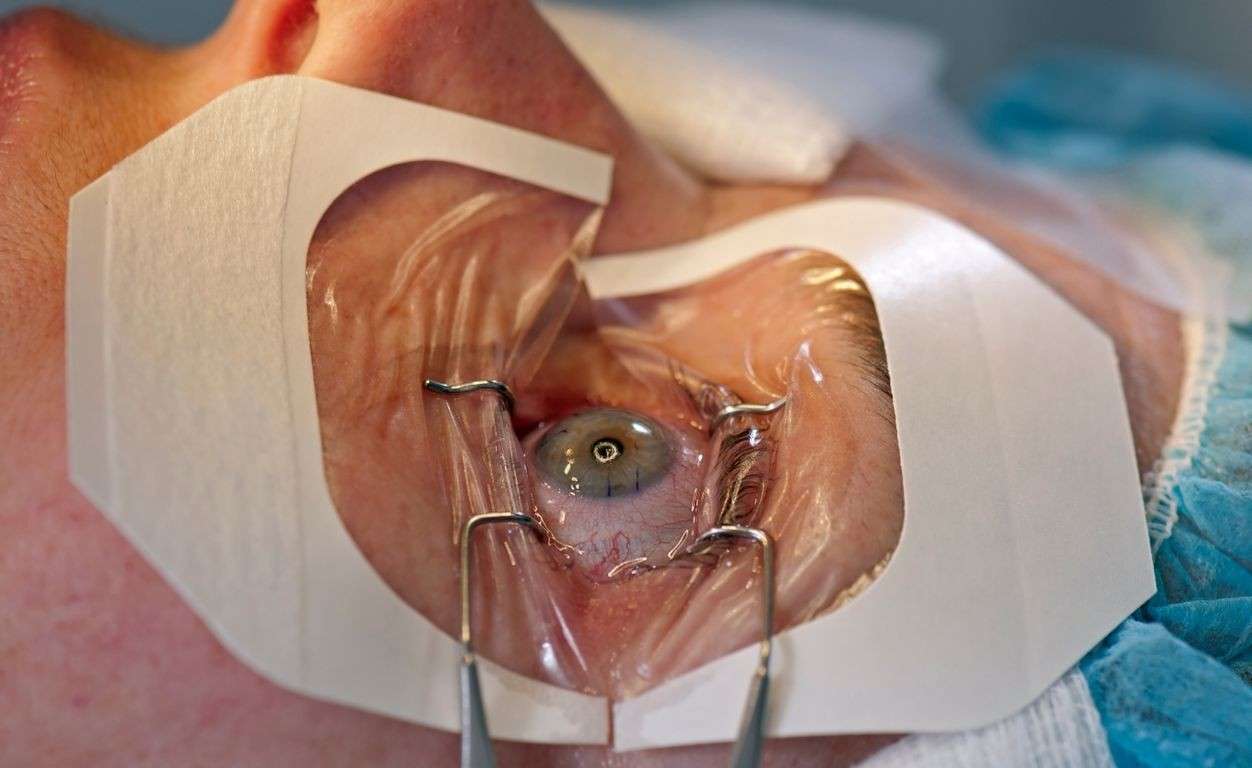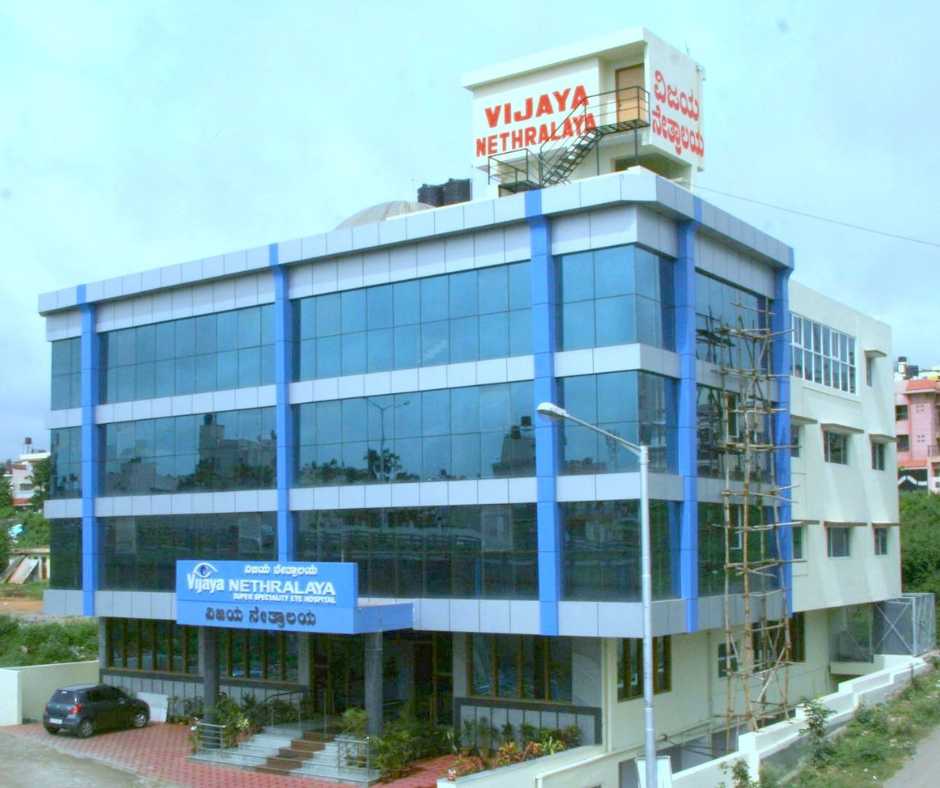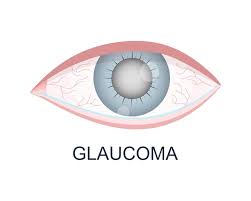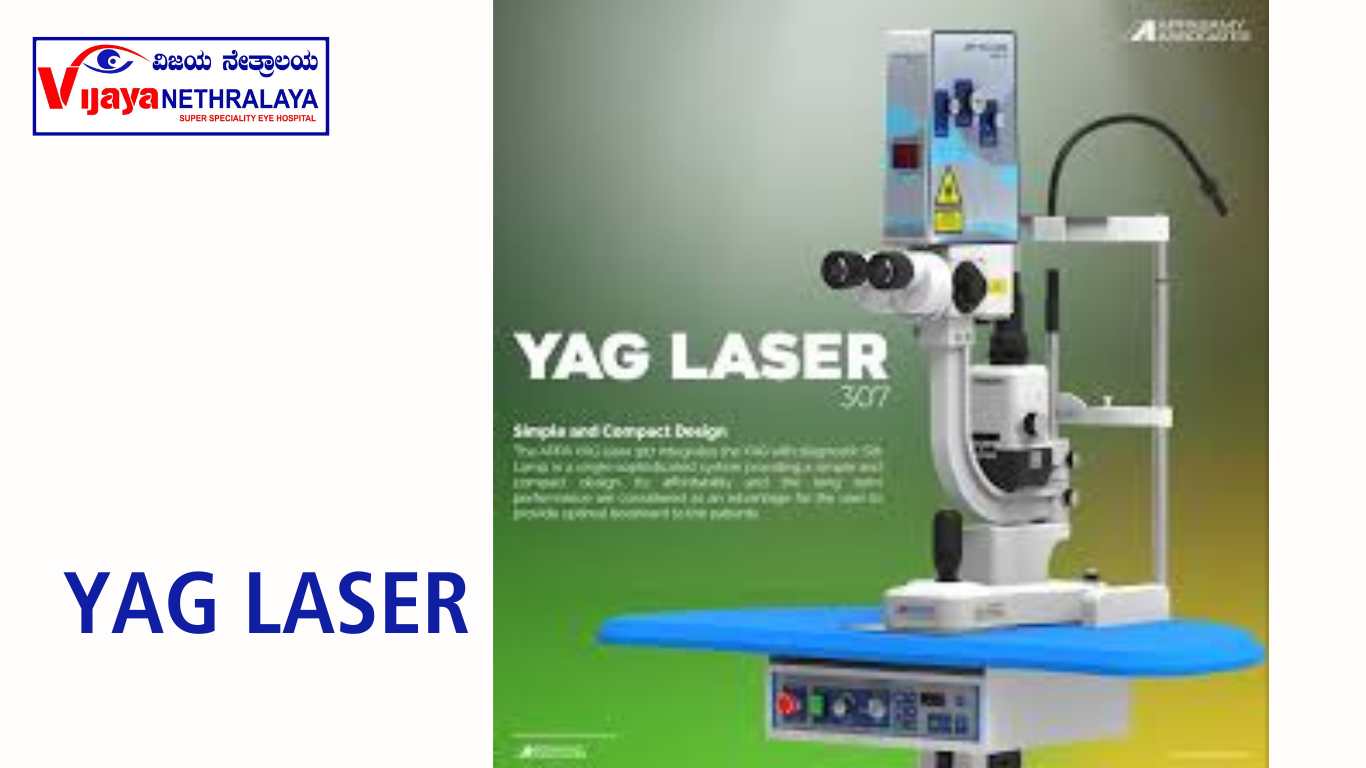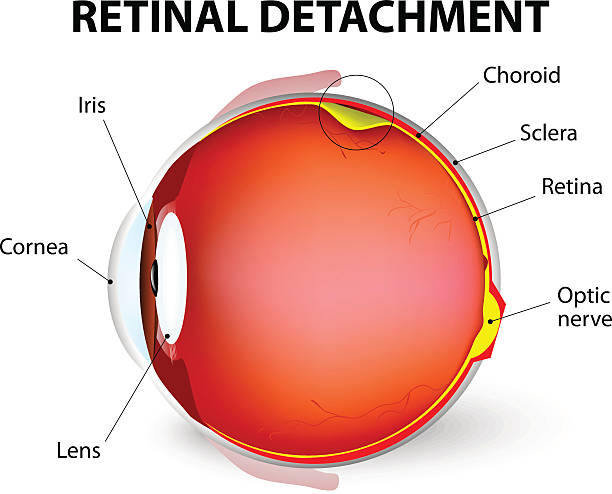FAQ
Most frequent questions and answers
A cornea transplant can restore vision, reduce pain, and improve the appearance of a damaged or diseased cornea. Most cornea transplant procedures are successful, but it takes carries a small risk.
Yes, it is relatively safe. Still, it does carry a small risk of serious complications, such as Eye infection
The recovery time for a cornea transplant depends on your type of transplant. It takes about 12 months for a full-thickness transplant, and others take a few weeks.
No. The cornea is the clear tissue at the front of the eye. The iris gives eyes their color and is located inside the eye, untouched during a corneal transplant.
It can be considered for end-stage corneal diseases such as multiple graft failures or inflammatory ocular surface disease.


